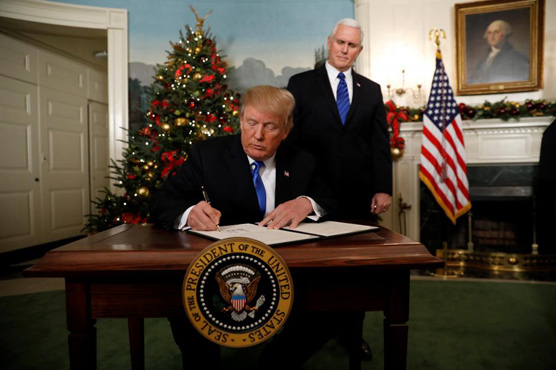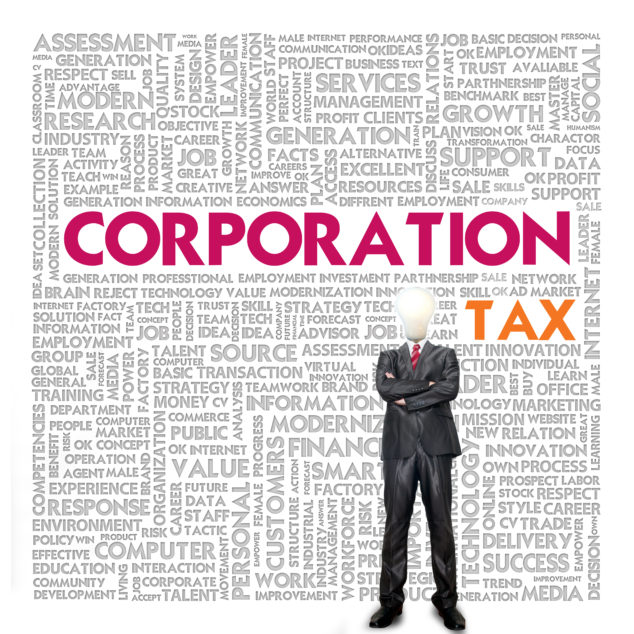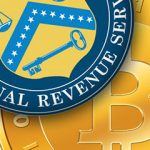How to become a nonresident of the United States
The 330 day test for the Foreign Earned Income Exclusion is being eliminated by President Trump. If you want to keep this tax break, you need to become a legal resident of a foreign country as soon as possible. Here’s what you need to do to become a nonresident of the United States for tax purposes.
Of course, the most important component of the residency test for the FEIE is residency. You must be a legal resident of a foreign country for a full calendar year to qualify for the FEIE using the residency test. Where the 330 day test was over any 12 month period, the residency test is January 1 to December 31.
It doesn’t matter where you get your residency visa for US tax purposes. So long as you have legal residency in a country which is your home base, you’re covered.
Of course, if you want to minimize your worldwide tax obligations, you should become a resident of a country that doesn’t tax foreign source income. For more on this, see: Which Countries Tax Worldwide Income?
For those that want to live in Europe, the most popular residency visa is Portugal. Buy a home for 500,000 euros, or deposit 1 million euros in a local bank, and you can qualify for residency. A resident of Portugal can live anywhere in the EU. You just need to spend a few weeks a year in Portugal.
The most popular visa in the world is Panama. Invest $20,000 in their friendly nations reforestation program and become a permanent resident. This visa can also lead to citizenship and a second passport in 5 years. For more, see: Best Panama Residency by Investment Program
Once you have your residency visa, you need to cut as many ties with the US and create as many ties with your new home country as possible. That is to say, a US citizen who wants to become a nonresident for US tax purposes must truly move and become a part of their new community, including:
- Selling your US home;
- Leaving US employment and becoming an employee of an offshore corporation reported on IRS Form 5471;
- Establishing and spending time in a home located in your new country. This home should be of equal size, cost, and amenities as your US home;
- Establishing business and social ties in the new country;
- Discontinuing business and social ties in the United States;
Do not:
- Keep your US home and let the children live there;
- Have children in school in the United States;
- Vote in State elections (Federal elections by mail, listing your foreign home as your residence is OK);
- Have mail sent to your old address in the US. Establish a PMB address if necessary;
- Continue to use US physicians, dentists, or other professionals who require the taxpayer’s physical presence to transact business.
Remember that you need to be a nonresident for Federal and State tax purposes. Sometimes these tests are different. Here is a list of ties a California court listed as indicating residency (In the Appeal of Stephen D. Bragg, May 28, 2003, 2003-SBE-002).
- The location of all of the taxpayer’s residential real property, and the approximate sizes and values of each of the residences;
- The state wherein the taxpayer’s spouse and children reside;
- The state wherein the taxpayer’s children attend school;
- The state wherein the taxpayer claims the homeowner’s property tax exemption on a residence;
- The taxpayer’s telephone records (i.e., the origination point of taxpayer’s telephone calls);
- The number of days the taxpayer spends in California versus the number of days the taxpayer spends in other states, and the general purpose of such days (i.e., vacation, business, etc.);
- The location where the taxpayer files tax returns, both federal and state, and the state of residence claimed by the taxpayer on such returns;
- The location of the taxpayer’s bank and savings accounts;
- The origination point of the taxpayer’s checking account transactions and credit card transactions;
- The state wherein the taxpayer maintains memberships in social, religious, and professional organizations;
- The state wherein the taxpayer registers automobiles;
- The state wherein the taxpayer maintains a driver’s license;
- The state wherein the taxpayer maintains voter registration and the taxpayer’s voting participation history;
- The state wherein the taxpayer obtains professional services, such as doctors, dentists, accountants, and attorneys;
- The state wherein the taxpayer is employed;
- The state wherein the taxpayer maintains or owns business interests;
- The state wherein the taxpayer holds a professional license or licenses;
- The state wherein the taxpayer owns investment real property; and
- The indications in affidavits from various individuals discussing the taxpayer’s residency
The above is basically a list of why expats have relied on the 330 day test. It’s easy, you don’t need to invest or spend money to get a visa, and you don’t need to worry about your ties to the US. Just be out of the US for 330 out of 365 days and you’re good to go.
The problem is that expats often pushed their days in the US and the IRS loves to audit these returns. Many don’t realize that travel days and time in international waters can count as US days. Because the FEIE is all or nothing, the risk in these cases is significant.
More importantly, President Trump is moving the US from a global tax system to a territorial tax system. This likely means an end to the 330 day test and a move towards residency.
Because it takes time to become a legal resident of a foreign country, and time to break ties with the US, and you must qualify for a calendar year, I’m recommending clients begin this process as soon as possible.
I hope you’ve found this article on how to become a nonresident of the United States for tax purposes to be helpful. For information on residency visas, or to setup an offshore business, please contact me at info@premieroffshore.com or call us at (619) 483-1708.











Leave a Reply
Want to join the discussion?Feel free to contribute!